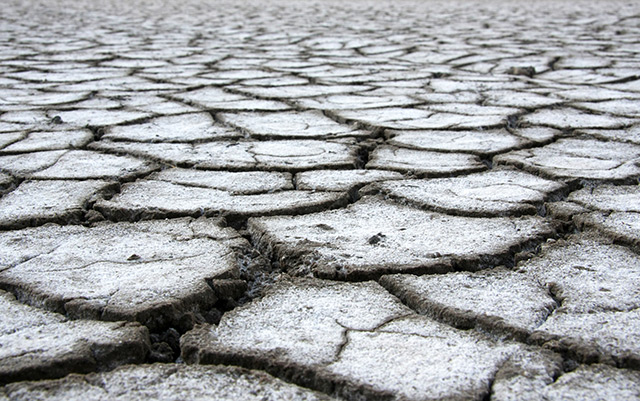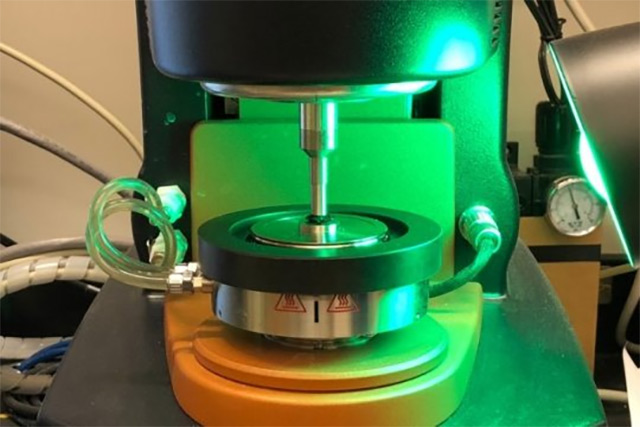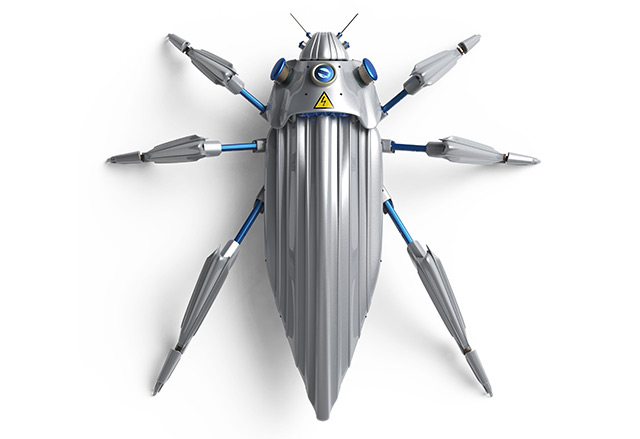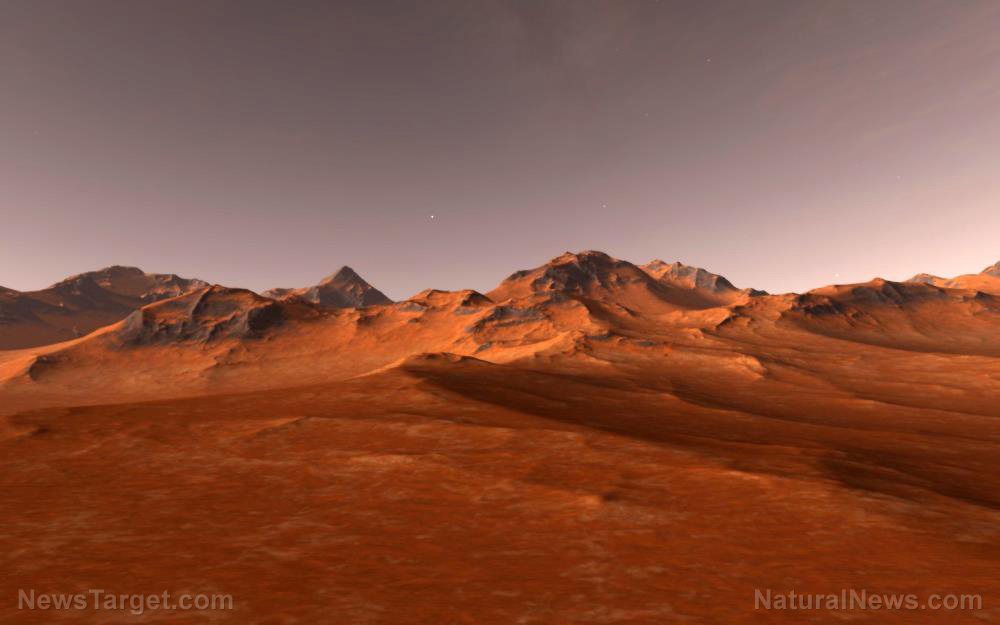TWO new planets discovered with notable water and heat: NASA says they may harbor life
02/01/2018 / By David Williams
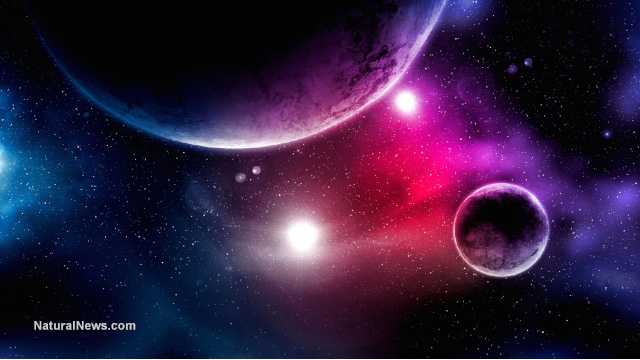
As the search for alien life outside of Earth continues, so too does the search for other planets that humans could one day possibly live on. Now, according to the National Aeronautics Space Agency (NASA), there are two new potential candidates orbiting a star that’s located 39 light years away from Earth.
Part of the Trappist-1 star system, a couple of orbiting planets reportedly show a number of different signs that they may be among the few that are known to be likely habitable across the entire universe. This is according to a new study that was initially conducted in order to analyze the planets – seven of them in total – orbiting the Trappist-1 system.
The study, which was conducted by Dr. Amy Barr and her colleagues at the Planetary Science Institute, used mathematical models of all seven planets in the star system, which includes information about their interiors. By analyzing the information that they had on hand, the team of researchers was able to determine that six out of the seven planets could have water on them, either as liquid or as ice, and at least one of them could have a global ocean on it.
The research team also modeled the orbits of the planets in order to determine what would likely be the surface temperature on each one of them. They found that, as you might have guessed, the planets each have different temperature levels based mainly on their distance from Trappist-1, the star which they all invariably orbit on eccentric circles.
According to Dr. Barr, their research findings were only made possible through their understanding of the composition as well as the orbits of each planet. “That’s one of the main innovations of the paper,” she explained. “The planets are also on eccentric orbits – kind of egg-shaped – so every time the planet goes around the star it gets squeezed.”
The Trappist-1 planets are all named alphabetically, starting with the letter “b” all the way to the letter “h.” According to the researchers, planets d and e were the ones that were most likely to be habitable out of the entire bunch. And their models indicated that, just like Earth, they also experience tidal heat, though at a lesser rate because of their relative coldness compared to Earth.
The temperature on planet d, for example, is estimated to be at around 15 degrees Celsius (59 degrees Fahrenheit), or just a little bit warmer than the melting point of ice. Meanwhile, planet e, which sits farther away from Trappist-1, is a little colder. Dr. Barr said about its temperature: “The temperatures you would get in Antarctica, but also reasonable.”
Because of the likelihood of tidal heating, the NASA scientists are hopeful that the cold temperatures are, at times, remedied and reversed somewhat. Tidal heat is what gives warmth to a planet from outside, and helps to direct the chemistry and flow in a planet’s mantle. All of this, according to the experts, is what makes it possible for life to come about – at least the way humans know.
For now, the NASA scientists are continuing their observations, but they are limited by the use of computers to analyze the enormous amounts of data that they have to sift through. They are awaiting the launch of the James Webb telescope in order to gather even more data on specific exoplanets, and hopefully speed up the process of understanding the entire system as a whole. After all, Dr. Barr said: “It’s hard to write a paper about seven planets all at once.”
Read up on how well humans are doing in space exploration through Space.news.
Sources include:
Tagged Under: astronomy, discoveries, extraterrestrials, habitable planets, Interplanetary travel, life on other planets, NASA, NASA probe, Space, space exploration, space travel, Trappist-1, Trappist-1 star system, UFOs







